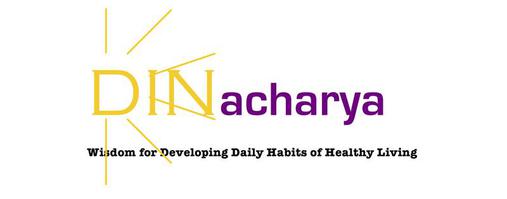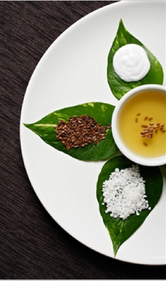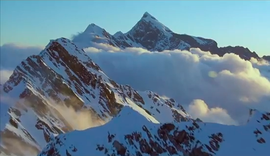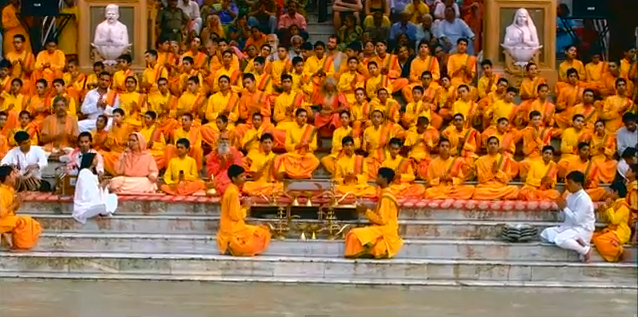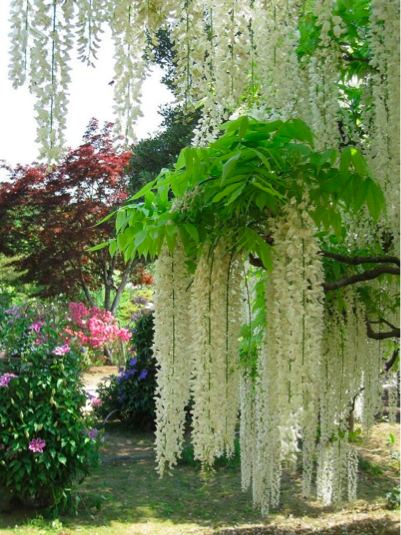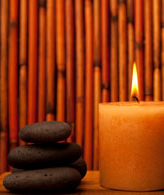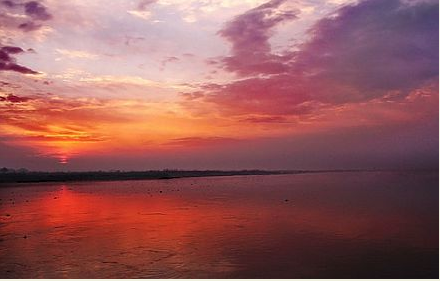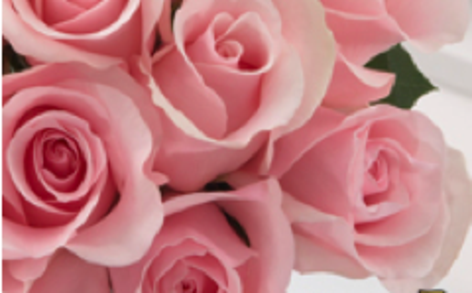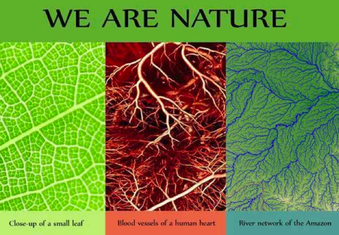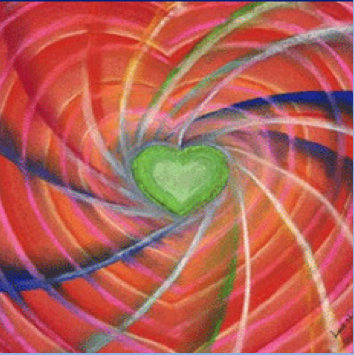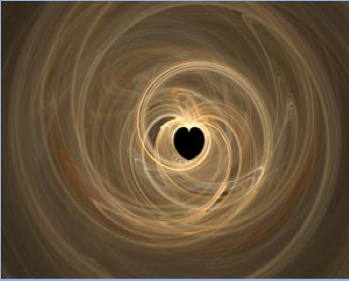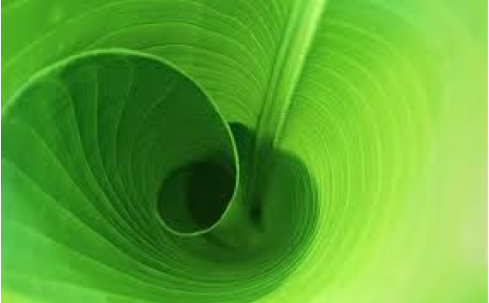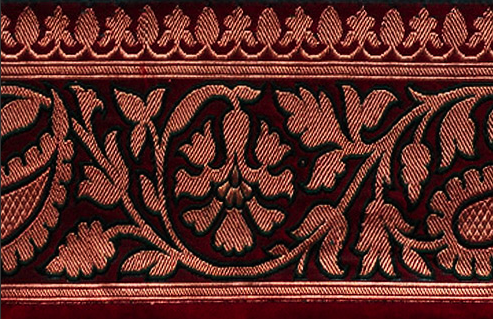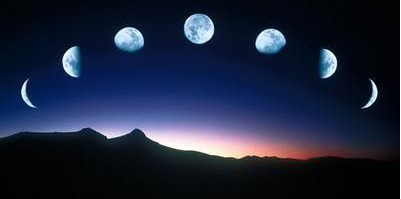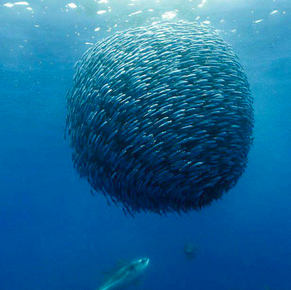dinacharyaNYC@gmail.com
Guidelines for Understanding Ayurveda Education
The need remains to unify competency standards for Ayurvedic education outside India. These guidelines for training programs in Ayurveda.
We hope these guidelines will be examined and adapted by any program in the global community, especially in the Americas and Europe. DIN has specifically invited education experts from around the globe to work together to ensure that the recommendations are adaptable and of quality standard for the safety and efficacy of patients who come to Ayurvedic practitioners.
These guidelines include specific recommendations for content of training programs, scope of practice, competence, and how to assess such issues in graduates.
DIN has developed a resource list of Ayurvedic tools for education, soon to be released. DIN has developed an application for graduates seeking a national certification. We have also begun the process of creating national competence examinations. DIN is developing needed guidelines for teachers of Ayurveda. DIN has created a referral checklist so that you can determine whether a practitioner/counselor/doctor or any expert in Ayurveda is really able to provide the education and counseling you seek.
Thank you for your interest in Ayurveda education.
Please consider supporting our work by adding your name to our list of endorsers on the home page.
Please send your feedback on the developed guidelines to cAyurvedac@gmail.com
Considerable disagreement continues in the global Ayurvedic community about the definition of a qualified Ayurvedic practitioner. Competency-based learning and credentialing are evolving into the governance of education to move toward the high standards set in traditional gurukula lineages for the past several millenia. The DINacharya Institute, in collaboration with think tanks such as the IIIM-Jammu/CSIR, the NRIA-National Research Institute of Ayurveda-Kolkata, the Ayurveda Doctors of India, and the CAC, has developed guidelines for education after deep consideration of the following issues.
I. Ayurveda in the USA
1. The vast majority of students graduating from private Ayurveda educational programs in the USA have completed approximately 500 hours of training at non-accredited local programs. They include approx. 150-200 hours of in-class instruction and at least 100 hours of self-study. The quality of the teachers is not vetted. A full set of practice guidelines for the Ayurvedic practitioner with 500 hours of training has been created by several groups claiming governance of standards. None are officially endorsed by the US government.
2. Scopes of Practice for graduates with 500 hours of Ayurveda training are available at several websites, such as NAMA,CAC, and AAPNA. However, NAMA standards are not competency-based.
3. A higher level of training in the USA is underway. Several schools are now registered in their states. In 2011, Bastyr University in Seattle announced their development of a 3500-hour course of education in Ayurveda for students with a concurrent training or license in the health professions. In addition, several schools have registered programs that teach up to 3000 hours of training and offer academic degrees that are officially recognized by some state bodies.
4. Since 2003, the NAMA Standards Committee in the USA has been developing a set of guidelines for their members in several categories of training in the USA. They are rudimentary in process and are still under evolution. A set of testing for certification is underway as of June 2018.
5. Most students trained in Ayurveda in the USA have little clinical experience, as most teachers are not licensed health professionals that can supervise clinical practice. Students are also limited by the tyes of patients that come for treatment using Ayurveda. Many students seek out clinical training opportunities in India, and some complete apprenticeships privately with Ayurvedic physicians in the USA. More programs are developing to provide quality clinical experience and supplemental training, allowing students to use a basic course in the USA to gain conceptual knowledge.
6. Ayurveda is not licensed as a clinical discipline in the USA. However, ten "Health Freedom Act" states allow healers to practice of their healing art, as long as the practitioner does not claim to be a physician or licensed health professional. These states include Oklahoma, Idaho, Minnesota, Rhode Island, California, Louisiana, New Mexico, Arizona, Colorado, and Nevada.
Many licensed health professionals such as MD, RN, LMT, RD, OT, PT, DO, ND, DC supplement the knowledge of Ayurveda into their existing clinical practice. Several Ayurvedic physicians have gone back to school to gain one of these degrees in order to integrate their practice, and then call themselves Ayurvedic practitioners. Others remain in the realm of education and consultation, using terminology that clarifies that they are not practicing medicine.
Gray Zones: Understanding the USA Regulations related to Ayurveda
Most practitioners in the USA using Ayurvedic principles and philosophy in their work as counselors or guides operate under an ill-defined area of lifestyle management, nutrition, and health promotion, which is currently not under license control the way that practice of medicine is.
1. Anyone can promote anything that is health-promoting, in the USA. Therefore, it is NOT illegal to recommend that someone rise early, drink hot water, exercise, breathe deeply, or flow the flows of nature and the environment.
2. In the USA, it is also NOT illegal to use or recommend "dietary supplements" which include herbal products. Most Ayurvedic herbs fall within the categories of either "dietary supplements," personal care, cosmetics, or food. Therefore, an Ayurvedic expert can recommend these things for health promotion. Use of herbs grown in India is NOT ayurvedic medicine. Use of the herbs, or any substances, according to the principles of balancing the body using doshas, gunas, malas, aam/agni, dhatus, and Ayurvedic concepts is Ayurvedic treatment.
3. It is ILLEGAL to diagnose, treat, or cure diseases, unless you have a license to practice medicine in the state of the USA in which you are practicing. Each state has its own code and restrictions on what the practice of medicine entails. "Medicine" in the USA currently refers to allopathic and osteopathic modalities and philosophies.
4. Both education and practice in the USA are governed by state-based laws. There are no national policies. Therefore, each state determines who can practice healthcare and how. Currently, there are NO states that have licensed ayurveda as a healthcare profession. There are eight (8) states with "Health Freedom Laws" that allow non-licensed healers to practice their arts providing they do not violate the law of another profession. They are Minnesota, Arizona, California, Rhode Island, Idaho, Louisiana, Oklahoma, and New Mexico. To learn more go to National Health Freedom Action.
5. If anyone tells you in the USA, that s/he is "licensed to practice ayurveda," that person is misleading you. The person may be using Ayurvedic principles and philosophy within the practice of another licensed or certified profession, but there is no license to practice Ayurvedic Medicine in the USA.
6. There is currently no board of specialists in Ayurveda who nationally certify a person's training and credentials to assure competence. There are no national exams. There are no nationally-accepted standards for scope of practice, competence, or assurance. There are organizations such as NAMA and AAPNA that provide a fee-based registration service for practitioners to self report their credentials and be recognized for their training. Several groups exist that provide support to the Ayurvedic community in the USA.
7. There is need for a reliable listing of Ayurvedic physicians worldwide outside of India, and especially in North America. This would be an excellent community-organizing project of global ayurveda.
8. Ayurvedic physicians educated and trained in India receive the degree BAMS (Bachelor of Ayurvedic Medicine and Surgery) and are licensed to practice Ayurvedic Medicine in India. When they specialize their field of expertise, they receive the degree MD (Ayu) - Doctor of Medicine in Ayurveda. Their curriculum is guided by the CCIM in India.
9. To hear a live discussion on the topic of Licensing Ayurveda in the USA, please visit http://aapna.org/conferencecalls.php and download the slides for talk #73. You may listen to the recording of the lecture by dialing the AAPNA conference call archives, +1 712-451-6300, Access code: 656037#, then 41#.
Discussion / Issues
Global Work on Ayurvedic Education
Several groups have tried to set standards for Ayurvedic education. Some components are relevant to USA-based evolution of Ayurveda.
The WHO met for years and created a compendium of guidelines for education of Ayurveda outside India's CCIM-mandated syllabus. Most relevant to the USA-based programs is Table 6 (core syllabus 250 hours).
The Department of AYUSH, Government of India created a guidelines document for education of Ayurveda. Most relevant to USA-based programs is Annexure 7, p18.
RĀGA CHIKITSA
The DINacharya Institute recognizes the power of meditative sound as a medicinal tool. Indeed, the sciences of Nāda Yoga, Gandharva Veda, Rāga Chikitsa, and Sangeet Ayurveda all refer to the power of a type of sound known as nāda produced in continuous sustained frequencies that interact with the human body's healing potential. These sciences are linked to the oldest systematic texts created by humankind, the Vedas, which are precise treatises on philosophy, feeling, and instructions for life and healthy living. Unable to understand the philosophy of seamlessly integrated science, the western and modern sciences have labeled the Vedas as religion. The 64 kalās or arts coordinated with human physiology and shown in the Sanskrit texts are inter-compatible and reflect harmony of thought, understanding, and discussion between the scientists of ancient times.
Research potential, clinical practice, and experiential modules in Indian Classical Music are explored at DINacharya. The Institute guesthouse has regularly hosted and supported top artists in the field, including Pandit Ajoy Chakroborty, Brajeshwar Mukherjee, Pandit Kumar Bose, and Pandit Tejendra Mazumdar. Instruments and our amazing library of books on related subjects add to the resources.
DINacharya has co-sponsored concerts in Indian Classical Music in New York and in Kolkata, and encourages students to delve into study and clinical use of rāga-based music for healing. The Mohini Foundation in Kolkata works with DINacharya to promote the propagation of Indian Classical Music in the mainstream population. Watch for Jhaptal, an upcoming film by E10ST Productions, about the modern world of Indian Classical Music worldwide.
Medicinal Use of Rāga
According to the ancient Indian text, Swara Shastra, the seventy-two melakarta rāgas (parent rāgas) control the 72 important nerves in the body. If sung with authentic devotion, adhering to the rāga lakshana (norms) and sruti shuddhi (pitch purity) the rāga can affect and heal those particular nerves in the body.
Hindustani Classical Music, unlike most modern forms of music, decreases heart rate variability and impacts the alpha brain waves.
Modern medical science validates that physical properties of sound interact deep in our brains to alter neurochemicals and pre-frontal cortex function.
A frequency range from 25 to 45 Hz is said to be useful for ailments connected with feet, ankle, calves, knees, upper thighs, and sacrum; a range between 45 and 60 Hz is said to affect coccyx, sacrum and lumbar region, wheras 60 to 80 Hz is reported to affect the thoracic cavity, shoulders, neck and head region.
Drone in Music is essential and is often attained through the Tanpura for harmonizing expanding pitches and providing repeated basic pitches and semitones that can interact with the electrophysiology of the heart.
Remedy for Defusing Mental Tension
Rāga Darbari Kanhada
Rāga Durbari - to be played in the late night
Rāga Kamaj
Rāga Pooriya
Remedy for Reduce Severe Stress
Rāga Durga
Rāga Kalavati
Rāga Amsadhwani
Rāga Shankarabharanam
Rāga Tilak Kamod
Remedy for Headaches
Rāga Jayjaywanti
Rāga Darbari Kanhada
Rāga Sohni
Remedy for Melancholy / Dejection
Rāga Bilahari - to be heard at very early dawn hour
Remedy for Depression
Rāga Bhupalam
Rāga Kedarm
Rāga Malaya marutham
Rāga Raaga Bilahari
Remedy for Unresolved Grief
Rāga Marwa
Remedy for Insomnia
Rāga Bageshri
Rāga Nilambari
Remedy for Softening Adamancy/Stubborn Mind
Rāga Nadanamakriya
Remedy for Hypertension
Rāga Ahirbhairav
Rāga Anandabhairavi
Rāga Bhairavi
Rāga Bhupali
Rāga Darbari
Rāga Durga
Rāga Kalavati
Rāga Puriya
Rāga Todi
Rāga Kalyani / Yaman
Remedy for Low Blood Pressure
Rāga Malkauns/Hindolam - to be heard in the morning
Remedy to Promote Action
Rāga Bilahari
Rāga Kedaram
Improving Intelligence
Rāga Shivaranjani - to be played at night - 22nd Melakarta
Restoration of Mental Peace
Rāga Saama
Remedy for Anger and Inner Violence
Rāga Punnagavarali
Rāga Sahana
Remedy for Gastric Hyperacidity
Rāga Deepak
Remedy for Constipation
Rāga Gunkali
Rāga Jaunpuri
Remedy for Intestinal Gas
Rāga Malkauns
Rāga Hindolam
To aid Digestion/Assimilation
Rāga Sriraga
Remedy for Malarial Fever
Rāga Marva
Remedy for Paralysis
Rāga Dvijaavanti
Many thanks to Dr. TV Sairam for his lucid interpretation of Rāga Cikitsa through the information above.
Further Reading on the Medicinal Effects of Music
101 Raga-s for the 21st Century and Beyond: A Music Lover's Guide to Hindustani Music, Haresh Bakshi, Trafford Publishing, 2005
Music: Physician For Times to Come, Don Campbell (ed), 1991
Musicophilia: Tales of Music and the Brain, Oliver Sacks, Vintage Books, 2007
Singing Bowl Handbook, Eva Rudy Jansen & Dick de Ruiter, Binkey Kok Publications, Haarlem, 1992
The Healing Energies of Music, Hal A. Lingerman, Quest Books, 1983
The Healing Power of Sound: Recovery from Life-Threatening Illness Using Sound, Voice, and Music, Mitchell L. Gaynor, MD, Shambala Publications, Boston, 1999
The Music Room, Namita Devidayal, Random House India, 2007
The Power of Sound: How to Be healthy and Productive Using Music and Sound, Joshua Leeds, Healing Arts Press, Rochester, 2001, 2010
The Raga Guide: A Survey of 74 Hindustani Ragas, Joep Bor, Nimbus Records, 1999
The World In Six Songs: How the Musical Brain Created Human Nature, Daniel J. Levitin, Dutton Books/Penguin Group USA, 2008
Theory of Indian Music, Ram Avtar, Pankaj Publications, New Delhi, 1999
This is Your Brain on Music: The Science of a Human Obsession, Daniel J. Levitin, Plume Books/Penguin Group, New York, 2006
Nada Centre for Music Therapy www.nada.in
the work of Dr. T.V. Sairam can be found at -
http://ayurveda-foryou.com/music/raga_chikitsa.html
What is Music?, TV Sairam
Medicinal Music, TV Sairam
Raga Therapy, TV Sairam
Music Therapy: The Sacred and the Profane, TV Sairam
Self-Music Therapy: Musings on Music Therapy, TV Sairam
Designed by The DINacharya Institute © 2007-2023. All rights reserved.
................................................................................................................................................................................................................................................................................................................................................................................................
................................................................................................................................................................................................................................................................................................................................................................................................
